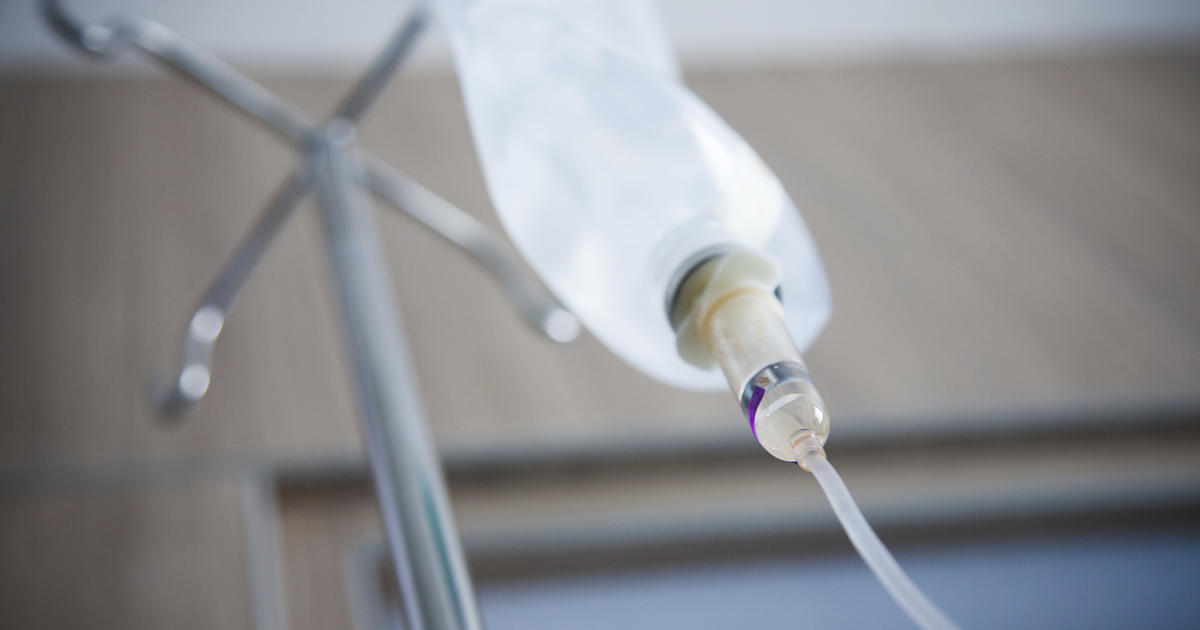Treatment Options For Lymphangitis
Cuts and wounds are a common occurrence, and while these heal well in most cases, infections can occur. When an infection in the soft tissues spreads into the lymphatic system, this is known as lymphangitis, and common symptoms include swelling and pain in the lymph nodes. While the lymph glands located underneath the arm in the armpit is most likely to be affected, those in the elbow, beneath the jaw, and in the groin have been known to become swollen and infected in cases of lymphangitis. Left untreated, this infection of the lymphatic vessels can lead to sepsis, or blood poisoning. This rare but serious condition can lead to death in some cases. Prompt treatment can lead to a successful recovery.
Intravenous Antimicrobial Therapy

Antibiotics are typically necessary to clear up the infection in the soft tissues as well as any bacteria affecting the lymphatic system. Although oral antibiotics can be effective in some cases, once the infection has reached the lymph nodes, it can quickly spread into the bloodstream, leading to sepsis and possibly death. Oral antibiotics typically do not even begin to work in the body until twenty-four hours after the initial dose at the earliest. Because of the importance of timing, intravenous antimicrobial therapy can get the necessary medication working much quicker, with results being noticed in as little as a few hours. In most cases, the patient will be admitted to the hospital to continue intravenous antimicrobial therapy until the infection has cleared completely or enough to be handled with oral antibiotics at home.
Learn more about how to treat lymphangitis now.